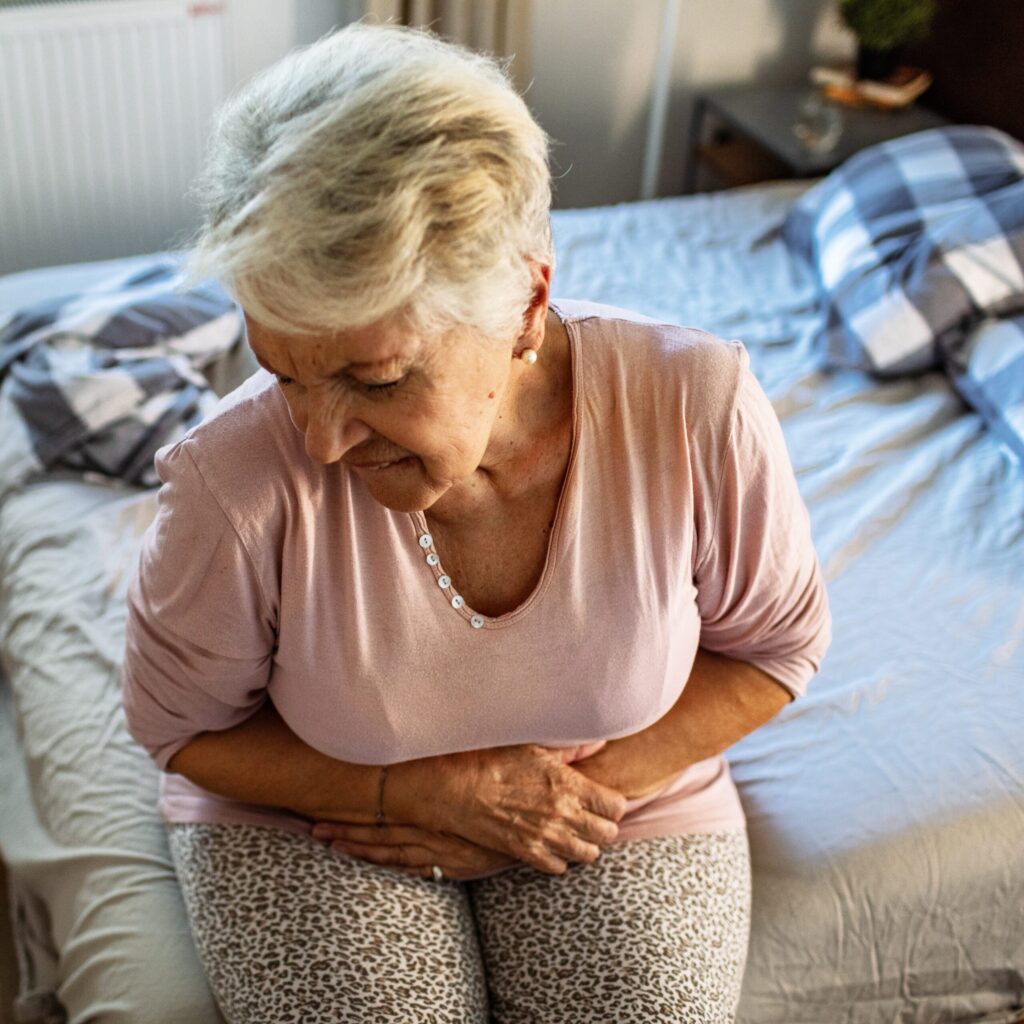
Just a few quick tips first…
- Pay attention to the questions. Look carefully at how many items you are being asked to list. If the question asks for five items, you will not get more marks if you list eight items; the examiner will look at the first five and allocate marks only for the first five answers – so be careful. On a SAMP, if it is not clearly stated how many items you should list, look at the amount of points/marks being allocated for the question to get an idea of how many answers the examiner may be anticipating you write down.
- Do not write lengthy answers. Most questions can be answered in 10 words or less!
- Be specific when writing down investigations (hemoglobin instead of CBC; CT abdomen instead of CT).
- Remember that trade names and generic names are both acceptable when writing down medications.
- For more helpful tips, you can refer to CCFP’s SAMP instructions by clicking here.
SAMP
A 68-year-old female comes into your office for a routine check-up. Her medical history is significant for a total hysterectomy and bilateral oophorectomy, rheumatoid arthritis, and hypertension. You review her medications and note that she is taking methotrexate, prednisone, ramipril and lorazepam. Her family history is significant for her father having a stroke in his 90s and her mother requiring a total hip replacement in her 60s after she sustained a fall and fractured her hip. She is an active woman but admits to a 50-pack-year smoking history. She denies alcohol intake.
- List five indications for osteoporosis screening. (5 points)
- ≥ 65​ years old
- < 50​ years old
- Fragility fracture​
- Steroid use (> 7.5 mg x 3 months)​
- Medications (e.g., aromatase inhibitors)
- Early menopause (< 45) or hypogonadism​
- Malabsorption​
- 1ry hyperparathyroidism​
- Disorders associated with bone loss (e.g., eating disorder, IBD, etc.)​
- 50-64​ years old
- Steroid use (> 7.5 mg x 3 months)​
- Mom/dad hip fracture​
- Medications
- X-ray: # or osteopenia​
- Smoking​
- Heavy alcohol use​
- Weight < 60 kg ​or weight loss of > 10% compared to weight at age 25
- RA​
- Diabetes
- Hyperparathyroidism​
- Osteogenesis imperfecta​
- Uncontrolled hyperthyroidism​
- Premature menopause (< 45)​
- Cushing’s​
- Poor diet/malabsorption​
- Liver disease​
- COPD​
- IBD​
- > 40 and fragility # ​
- How can you assess for osteoporosis and fracture risk? (1 point)
- BMD in selected individuals
- Height (loss of > 2 cm) ​
- Weight (loss of > 10% compared to weight at age 25) ​
- Occiput to wall (> 5 cm)​
- Rib to pelvis breadth (< 2 cm)​
- Get up and go test (> 20 sec)
- Ask about a history of falls
- What investigations would you consider ordering in patients being assessed for osteoporosis? List three. (3 points)
- Ca2+, corrected for albumin
- CBC Hemoglobin (CBC is not an acceptable answer despite being listed in the guideline!)
- eGFR, creatinine
- ALP
- TSH
- SPEP (if history of vertebral fractures)
- Vitamin D
- The patient asks if she is at risk of having a fracture in the near future. What tool(s) can you use to assess her 10-year fracture risk? (1 point)
- CAROC
- FRAX
- Her BMD reveals that she has osteoporosis and falls in the high-risk category. What non-pharmacologic options would you suggest to improve her bone health? (2 points)
- Exercise/resistance training/balance/weight-based aerobic exercise
- Vitamin D ~800-1000 IU once daily
- Calcium-rich diet (NOT supplements!) ~1200 mg total per day
- List three pharmacologic treatment options that can be used for pharmacologic treatment of osteoporosis. (3 points)
** BE CAREFUL HERE – look carefully at exactly what they are requesting of you. Make sure you check if they are asking for a “class†or “medication.†**
- Bisphosphonates (e.g., alendronate, risedronate, zoledronic acid)
- Fosamax, Binosto, Actonel, Zometa, Reclast would also be an acceptable answer
- RANK ligand inhibitors (e.g., denosumab)
- Prolia would also be an acceptable answer
- SERMs (e.g., raloxifene)
- Evista would also be an acceptable answer
- Hormone therapy (e.g., estrogen/progesterone can be considered as a first-line option in women with menopausal symptoms)
- Recombinant human parathyroid hormone and its analogue/bone forming agents (e.g., teriparatide)
- Forteo would also be an acceptable answer
- Bisphosphonates (e.g., alendronate, risedronate, zoledronic acid)





